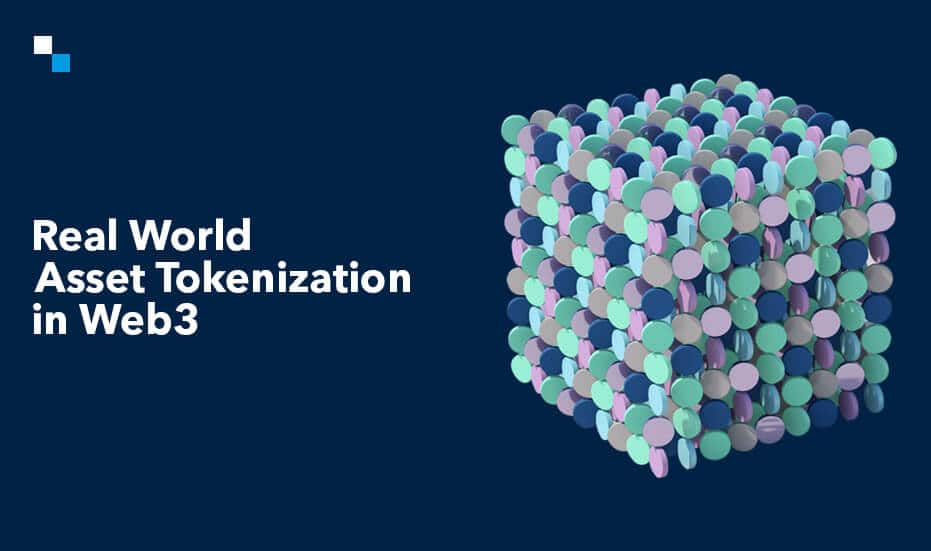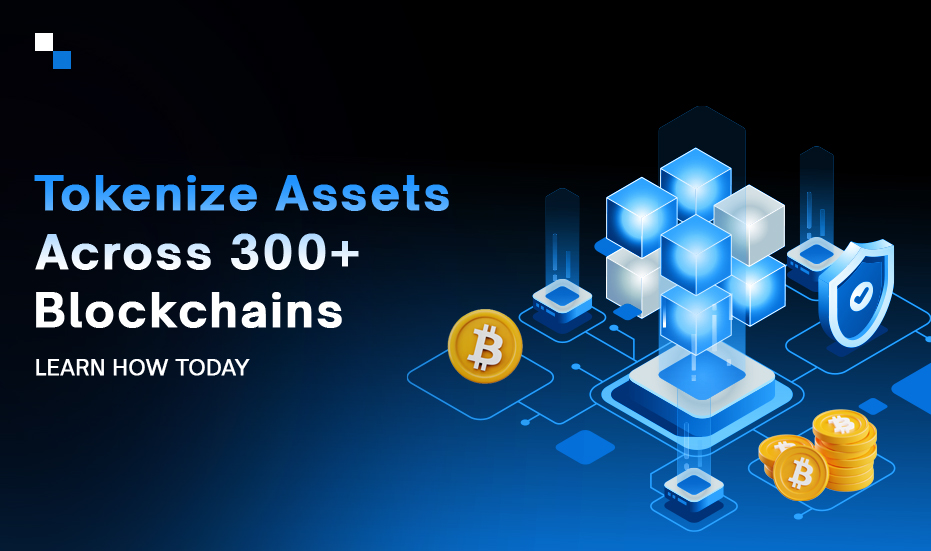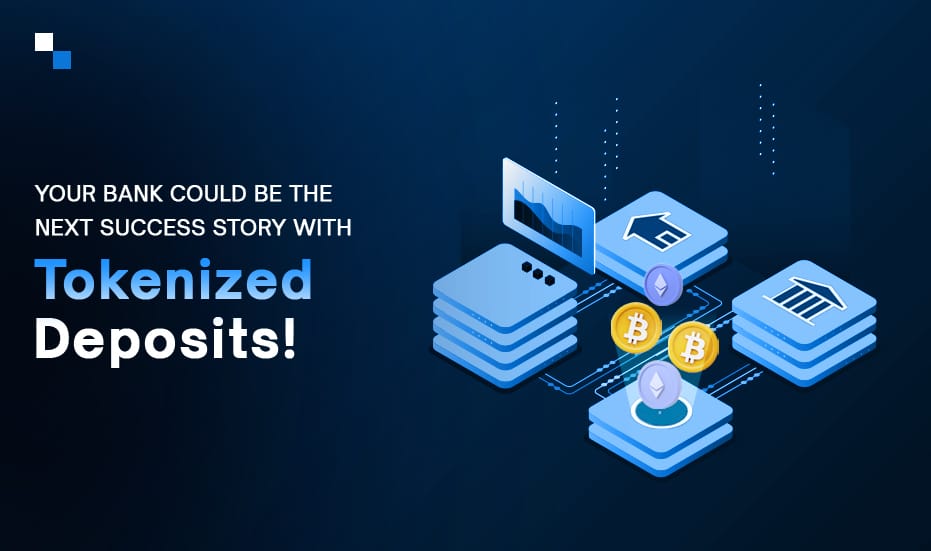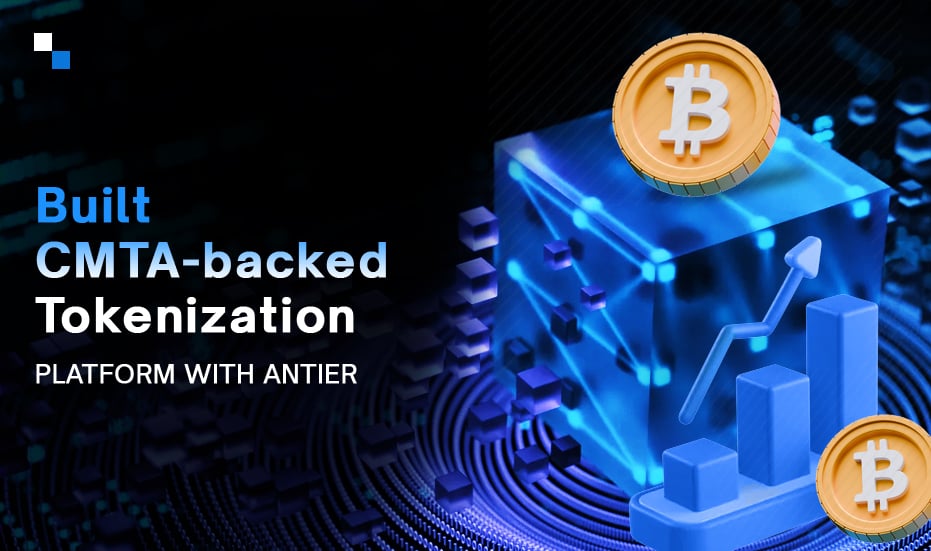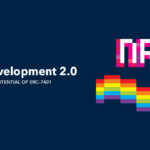
The Ultimate Guide to Nested NFT Development: ERC-7401 Explained
April 12, 2024
The Beauty Industry is Blossoming in the Metaverse
April 12, 2024The shackles of the old financial system are starting to crumble. Web3, the wild west of the internet, is emerging as a ground for innovation, and at its heart lies a revolutionary concept: Real-World Asset Tokenization. Forget the stuffy boardrooms and convoluted legalese – Web3 empowers individuals, dismantles gatekeepers, and ushers in a new era of financial transparency. In this blog we will delve into real world asset tokenization in Web3!
Web3: A Decentralized Oasis
Imagine a web where corporations no longer dictate your online experience. Power shifts to the users, who control their data and interact directly with each other. This is the essence of Web3, a decentralized ecosystem built on the following pillars:
- Decentralization: No single entity controls the network. Power is distributed amongst users, fostering a more democratic and censorship-resistant environment. Think of it as a giant, trustless marketplace where everyone has a seat at the table.
- Blockchain Technology: This acts as the unfalsifiable ledger, recording transactions and ownership with complete transparency. Every action is etched onto the blockchain, creating an immutable record that fosters trust and eliminates the need for intermediaries.
- Cryptocurrency and Tokens: Cryptocurrencies like Bitcoin and Ether fuel the Web3 engine, while tokens represent ownership of various digital and physical assets. Imagine a world where a Picasso masterpiece or a piece of beachfront property can be held not in a vault or on a deed, but in your digital wallet.
RWA: Democratizing Ownership in the Web3 Frontier
Now, let’s delve into how RWA is shaking up the way we interact with real-world assets in this Web3 frontier. Traditionally, owning a slice of paradise in Fiji or a rare Van Gogh print meant having deep pockets and navigating a confusing system. RWA in Web3 dismantles these barriers:
- Fractional Ownership: Imagine a world where you can own a piece of a Parisian pied-à-terre or a fraction of a million-dollar baseball card. Tokenization allows for dividing assets into smaller, tradable units, opening the door for a broader range of investors to participate. This democratizes ownership, making previously inaccessible asset classes available to the everyday person.
- Unleashing Liquidity: Selling a vacation home can take months in the traditional system. Web3 marketplaces built on decentralized exchanges offer a solution. Tokenized assets can be traded 24/7, fostering a more dynamic and liquid investment landscape. Imagine selling your share of a vineyard in Napa Valley with a few clicks, not months of paperwork.
- Transparency Reimagined: Gone are the days of opaque ownership records and hidden fees. Blockchain technology provides a tamper-proof record of ownership and transaction history for all to see. This fosters trust, reduces the risk of fraud, and shines a light on the murky corners of traditional asset management.
Beyond Fractionalization: The Power of Programmable Assets
The true potential of RWA lies not just in dividing ownership, but in imbuing assets with programmable capabilities. Here’s where things get really interesting:
- Smart Contracts: The Code of Ownership: Imagine a self-executing contract written into the blockchain that automatically distributes rental income from a tokenized property to its various owners. Smart contracts streamline processes, eliminate intermediaries, and introduce a new level of automation to asset management.
- Unlocking New Investment Strategies: Tokenization opens doors for innovative investment products. Imagine tokenized derivatives that allow investors to hedge their exposure to real estate fluctuations or venture capital funds focused on specific asset classes, all accessible through user-friendly DeFi platforms.

The Web3 Ecosystem: A Collaborative Landscape
RWA doesn’t exist in a vacuum. It thrives within a vibrant Web3 ecosystem with various stakeholders playing crucial roles:
- Decentralized Applications (dApps): These are applications built on the blockchain that facilitate the creation, trading, and management of tokenized assets. Think of them as the user interfaces for interacting with tokenized real estate, art, or even intellectual property.
- Oracles: These act as bridges between the real world and the blockchain, feeding external data like weather patterns or market prices to trigger specific actions within smart contracts. Imagine a smart contract for crop insurance that automatically pays out based on real-time weather data provided by an oracle.
- Decentralized Autonomous Organizations (DAOs): These are internet-native communities with shared ownership and governance structures. DAOs can leverage RWA to collectively own and manage real-world assets like buildings or renewable energy projects, fostering a new era of collaborative ownership.
Real-World Asset Tokenization: Reshaping Industries
The implications of RWA extend far beyond traditional investment opportunities. Here’s how it can reshape various industries:
- Real Estate: Imagine a future where fractional ownership of commercial buildings or vacation rentals is commonplace, facilitated by tokenization. This can unlock new avenues for real estate investment and democratize access to this traditionally high-barrier asset class.
- Fine Art & Collectibles: RWA can revolutionize the art market by providing greater liquidity and transparency for rare paintings, sculptures, or even vintage cars. Imagine a platform where collectors can co-own a Picasso or a classic Ferrari, lowering the barrier to entry for these coveted assets.
- Supply Chain Management: Tokenization can track the movement of goods throughout the supply chain with greater transparency and efficiency. Imagine a diamond ring with a tokenized history, tracing its journey from mine to market, ensuring ethical sourcing and reducing the risk of counterfeiting.
- Intellectual Property: RWA can offer new ways for creators to monetize their work. Imagine musicians tokenizing their music rights, allowing fans to directly invest and share in the success of their music.
Challenges and Considerations: Navigating the Uncharted Territory
Despite its immense potential, RWA is still a nascent field with some challenges to address:
- Regulation: Regulatory frameworks for RWA are still evolving, and uncertainties exist concerning compliance with existing financial regulations. Governments and regulatory bodies need to adapt to this new paradigm while ensuring investor protection.
- Valuation: Developing accurate and consistent valuation methods for tokenized assets requires a robust infrastructure and collaboration between different stakeholders. Standards need to be established to ensure fair valuation of these novel asset classes.
- Security: While blockchain technology offers inherent security benefits, vulnerabilities in smart contracts or tokenized asset platforms can pose risks. Robust security measures and ongoing audits are crucial to mitigate these risks.
The Road Ahead: Collaboration and Innovation
The future of RWA hinges on collaboration and innovation. Here’s what we can expect:
- Standardization and Interoperability: Standardized protocols and interoperable platforms are essential for seamless trading and management of tokenized assets across different ecosystems.
- Evolving Regulatory Landscape: As RWA matures, regulatory frameworks will adapt to provide clarity and ensure investor protection while fostering innovation.
- Rise of Security Protocols: Advanced security protocols and ongoing audits will be crucial to building trust and mitigating risks associated with RWA.
Conclusion: A New Dawn for Asset Ownership
Real-World Asset Tokenization in Web3 marks a significant step towards a more decentralized, transparent, and inclusive financial system. As the technology matures and challenges are addressed, RWA has the potential to reshape entire industries and democratize access to valuable assets. The future of finance is being written on the blockchain, and RWA is poised to be a powerful chapter in this evolving story.
